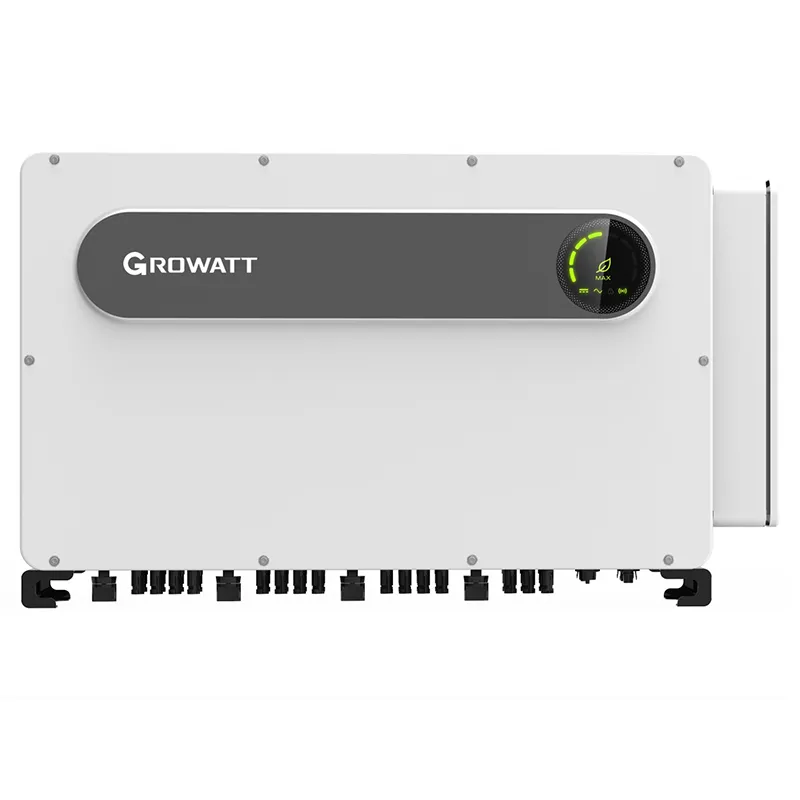Cost Analysis of Commercial Solar Panel Installation for Your Business
Understanding Commercial Solar Panel Costs
In recent years, the adoption of solar energy has surged among businesses seeking to reduce operational costs and enhance sustainability. The commercial solar panel market has grown significantly, driven by government incentives, technological advancements, and an increasing awareness of environmental issues. However, understanding the costs associated with commercial solar panel installation can be complex. This article aims to break down the key factors influencing commercial solar panel costs, offering insight into what businesses can expect when considering this investment.
Initial Investment and Installation Costs
The primary cost associated with commercial solar panels is the initial investment for equipment and installation. On average, the cost of commercial solar panels in the United States ranges from $1.50 to $3.00 per watt. This means that for a typical 100 kW system, businesses can expect to pay between $150,000 and $300,000 before any tax credits or incentives.
Several factors can influence these costs
1. System Size The larger the solar panel system, the greater the total cost. However, larger systems often benefit from economies of scale, which can reduce the cost per watt.
2. Panel Type There are various types of solar panels, including monocrystalline, polycrystalline, and thin-film. Monocrystalline panels are generally more efficient but tend to cost more, while thin-film panels are often less efficient but cheaper.
3. Installation Complexity The complexity of the installation can also impact costs. If a building requires extensive structural modifications, or if the installation site has difficult access, labor costs may increase.
4. Location Geographic location affects installation costs due to varying levels of solar irradiance and different labor rates. States with a higher incidence of sun exposure may also have more competitive installation prices, driving down overall costs.
Ongoing Maintenance and Operational Costs
commercial solar panel cost

While the initial investment is significant, businesses must also consider ongoing maintenance and operational costs. Fortunately, solar panels require relatively low maintenance. With no moving parts, routine checks and occasional cleaning are usually all that's needed to ensure optimal performance.
Most solar panel systems come with warranties ranging from 20 to 25 years, and many manufacturers guarantee a certain level of energy production for this period. However, it's essential for businesses to include the potential costs of repairs or replacements in their overall budget.
Financial Incentives and Tax Credits
The financial landscape for commercial solar investments has been bolstered by a variety of state and federal incentives. In the U.S., the federal Investment Tax Credit (ITC) allows businesses to deduct a significant percentage of the installation costs from their federal taxes. As of 2023, the ITC sits at 30%, a substantial incentive for businesses looking to invest in solar energy.
State-level incentives can also play a critical role in reducing upfront costs. These can include rebates, grants, and additional tax credits. Furthermore, some states offer Performance-Based Incentives (PBIs), where businesses receive payments based on the actual energy produced by their solar systems.
Return on Investment (ROI)
While the upfront costs can be daunting, the long-term savings and potential for revenue generation make commercial solar panels an appealing investment. Businesses that install solar panels can save significantly on their monthly electricity bills, and in some cases, they may even generate revenue by selling excess energy back to the grid.
The payback period for commercial solar installations typically ranges from 5 to 10 years, depending on the location, system size, and energy usage. After the payback period, businesses can enjoy reduced energy costs, further enhancing their overall profitability.
Conclusion
Investing in commercial solar panels is a strategic decision that can yield significant financial benefits while contributing to a sustainable future. By understanding the various costs associated with installation, maintenance, and available incentives, businesses can make informed choices about whether solar energy is the right path for them. As technology continues to advance and the cost of solar panels decreases, more companies will likely embrace this renewable energy source, realizing both economic and environmental rewards. The journey to energy independence not only makes economic sense but also positions businesses as leaders in the fight against climate change.
-
Unlocking Energy Freedom with the Off Grid Solar InverterNewsJun.06,2025
-
Unlock More Solar Power with a High-Efficiency Bifacial Solar PanelNewsJun.06,2025
-
Power Your Future with High-Efficiency Monocrystalline Solar PanelsNewsJun.06,2025
-
Next-Gen Solar Power Starts with Micro Solar InvertersNewsJun.06,2025
-
Harnessing Peak Efficiency with the On Grid Solar InverterNewsJun.06,2025
-
Discover Unmatched Efficiency with the Latest String Solar InverterNewsJun.06,2025







